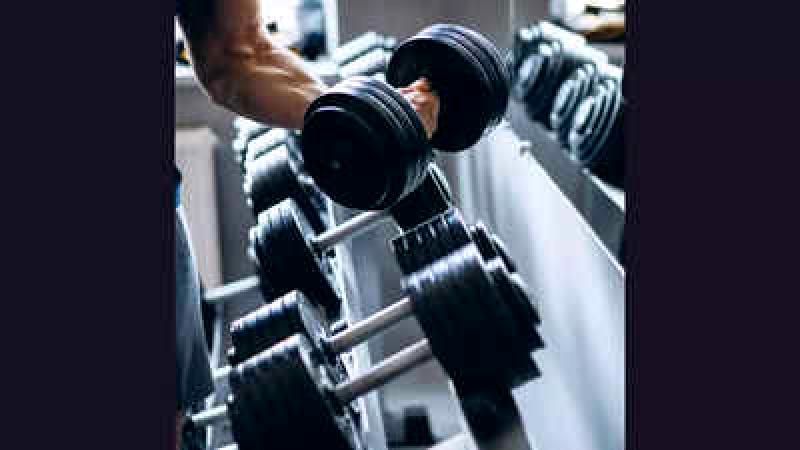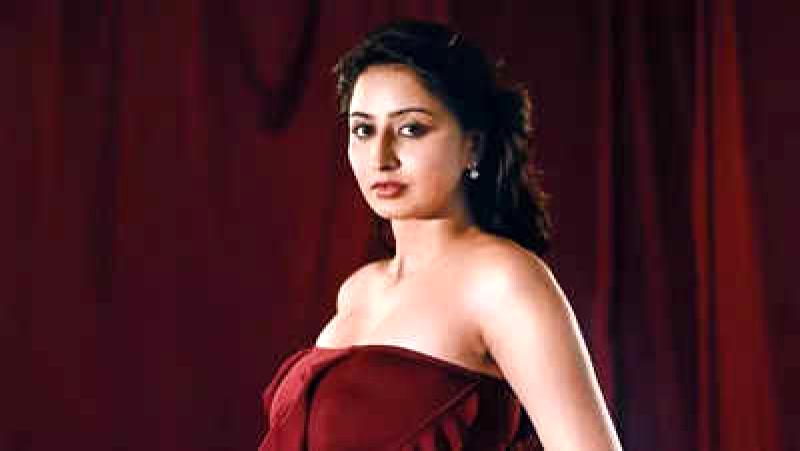
On the big screen, they are considered as 'sheroes'. However, behind the scenes, women in the Kannada film industry continue to face challenges in asserting themselves and finding their own voice. While their performances, costumes, makeup, and hairstyles receive attention and praise, the women working behind the scenes struggle to access basic facilities on film sets, including proper washrooms. The issue of pay disparity is also significant. Over the past decade, the industry has undergone considerable changes with a substantial increase in the number of women working on film sets, ranging from stylists to choreographers to cinematographers. Despite this progress, the industry largely remains structured to cater to men, with many still questioning the need for greater inclusivity. Everyday sexism continues to be a pervasive issue in these women's professional lives. While some have learned to navigate this environment in the hope of a better future, others have chosen to leave the industry and pursue independent work. Here are the perspectives and desires of these women:
Patriarchal system marginalizes female technicians: Makeup artist
The makeup industry is predominantly controlled by 'makeup dadas', and even the makeup artist association is male-dominated. We are often belittled by them due to their patriarchal belief that they are superior, having worked in the industry for generations. When we are assigned jobs through the association, the daily pay can be as low as ₹2,000-3,000, whereas working independently can earn us around ₹15,000-20,000. Nowadays, female lead actors may request a specific makeup artist, but we still have to collaborate with a male artist assigned by the association. While I handle makeup in the trailer, he takes credit on set for assisting the actress. Even tasks like zipping up an outfit or applying certain makeup techniques are delegated to him, making the lead actress dependent on him, which can be uncomfortable.Actresses such as Vydurya Lokesh and make-up artistes are often only considered for smaller projects, according to a screenplay writer. Producers frequently question if a script is women-centric when it's presented to them. There is a prevalent belief that women are only suitable for creating low-budget, non-commercial, or artsy films, restricting them to stereotypical genres. Some producers even suggest adding a male director's name to a project to attract audiences, reflecting the challenges faced by women in the industry. Additionally, a stylist shared her experience of being denied basic needs while working on set, highlighting the persistent lack of consideration for women in the industry. These professionals call for significant changes to address these systemic issues.There is a need for more female voices to be heard in the entertainment industry, says voiceover artist Sparsha RK. The lack of dialogue for women in films results in fewer opportunities for female dubbing artists when compared to their male counterparts. Sparsha highlights the absence of women-centric films and notes the scarcity of solo songs by female singers, with duets and 'item songs' dominating the music scene. She advocates for greater representation of women's voices on screen.











